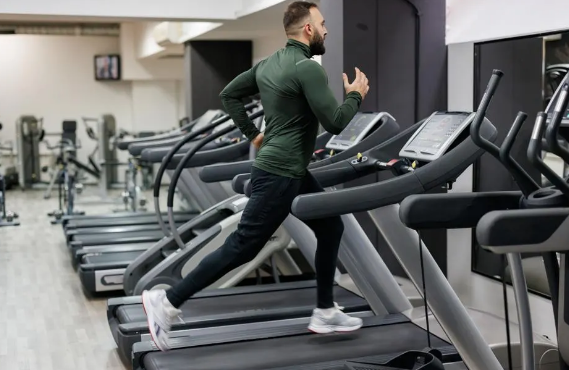
Image credit: gettyimages
Wearable microfluidic sensors can be used to monitor lactate concentration in sweat, a good indicator of exercise intensity. However, air bubbles present in the sweat can get into the microfluidic channels, hindering the measurement. In a recent study, researchers from Tokyo University of Science, Japan have developed a wearable sensor for continuously monitoring sweat lactate during exercise, which incorporates a bubble-trapping region in its microfluidic system. The proposed technology can facilitate athlete training management and health monitoring.
Human sweat is a rich source of health information, offering insights into a person's hydration level, electrolyte balance, and overall physiological state. For instance, lactate level in sweat is a useful biomarker of exercise intensity. Its measurement can help estimate the amount of lactic acid in the blood and, in turn, predict muscle fatigue.
Today, wearable sensors make it possible to continuously monitor biomarkers such as sweat lactate. Using the latest microfluidics technology, scientists have developed devices that convey minuscule amounts of sweat to tiny chemical sensors, which can transmit their measurements in real time wirelessly. However, one common problem in such devices is that their microfluidic channels tend to trap air bubbles present in the sweat. If these bubbles cover the sensor's electrodes, the measurements get interrupted, interfering with the continuous monitoring of the target biomarker.
To address this issue, researchers in Japan have come up with a novel microfluidic sweat lactate sensor whose measurements remain unaffected by the air bubbles. Overall, the results of this study hint at the potential of wearable microfluidic sensors for monitoring sweat biomarkers during exercise.




